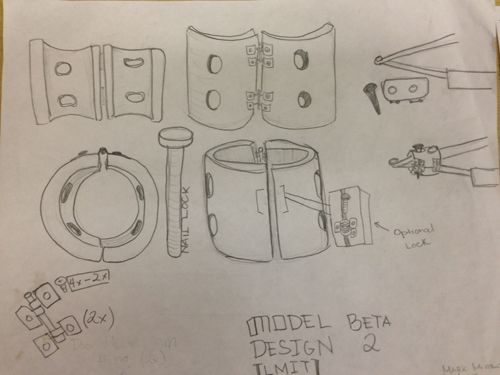

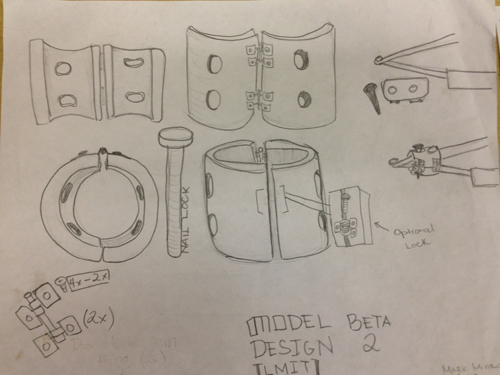
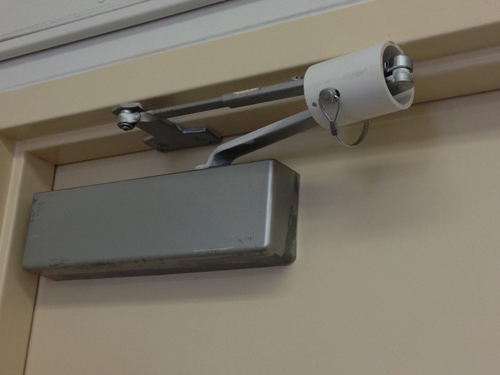

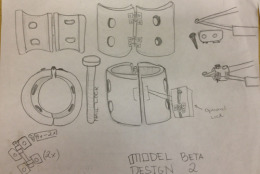

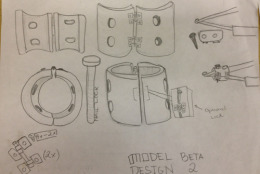
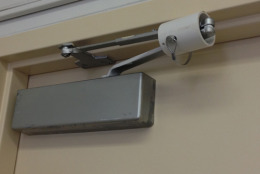

WASHINGTON — This is not your father’s school project.
Students at Benjamin Banneker Academic High School in D.C. are developing a lock that could be used in the event of an active shooter making entry into the school.
“It’s unfortunate, but I believe it is coming to this,” says Anita Berger, the principal.
The lock, which students call Dead Stop, slides over the “V” shaped hinge of the door.
Should an intruder case the hallways, teachers or students could lock themselves inside the classroom.
“We were inspired by the shooting in Newtown, Conn. because the shooter went inside the school and shot a bunch of little kids,” says Anjreyev Harvey.
About four students on the robotics team started working on the project last year. Now, about eight meet together on Thursdays.
“Although we have a metal detector, I still feel as though school is not safe,” says Deonte Antrum. “With this device that we created, I think it will help the shooter from entering the classroom, even though they have such a weapon on them.”
Their efforts have earned a grant from the Lemelson-MIT Program. It awards 15 teams of high school students up to $10,000 each in grant funding as part of the InvenTeam initiative, according to a news release.
But the student behind the design isn’t satisfied with the prototype.
“There are a lot of flaws,” Mark Miranda says.
His original design used PVC pipe to grip the door’s hinge. A nail kept it in place.
But Miranda observed the pipe is difficult to slide on the hinge, and the nail bends when someone forcefully attempts to open the door.
His next design involves constructing a steel clamp, which would automatically lock when closed. Miranda says this could be attached much quicker and provide a greater hold.
Berger is proud of her students’ drive, even if the impetus for their idea is unsettling.
“In my opinion kids should be thinking about other things like what college they want to attend, but the data is supporting that it’s really coming to this,” Berger says.
Follow @WTOP on Twitter.







